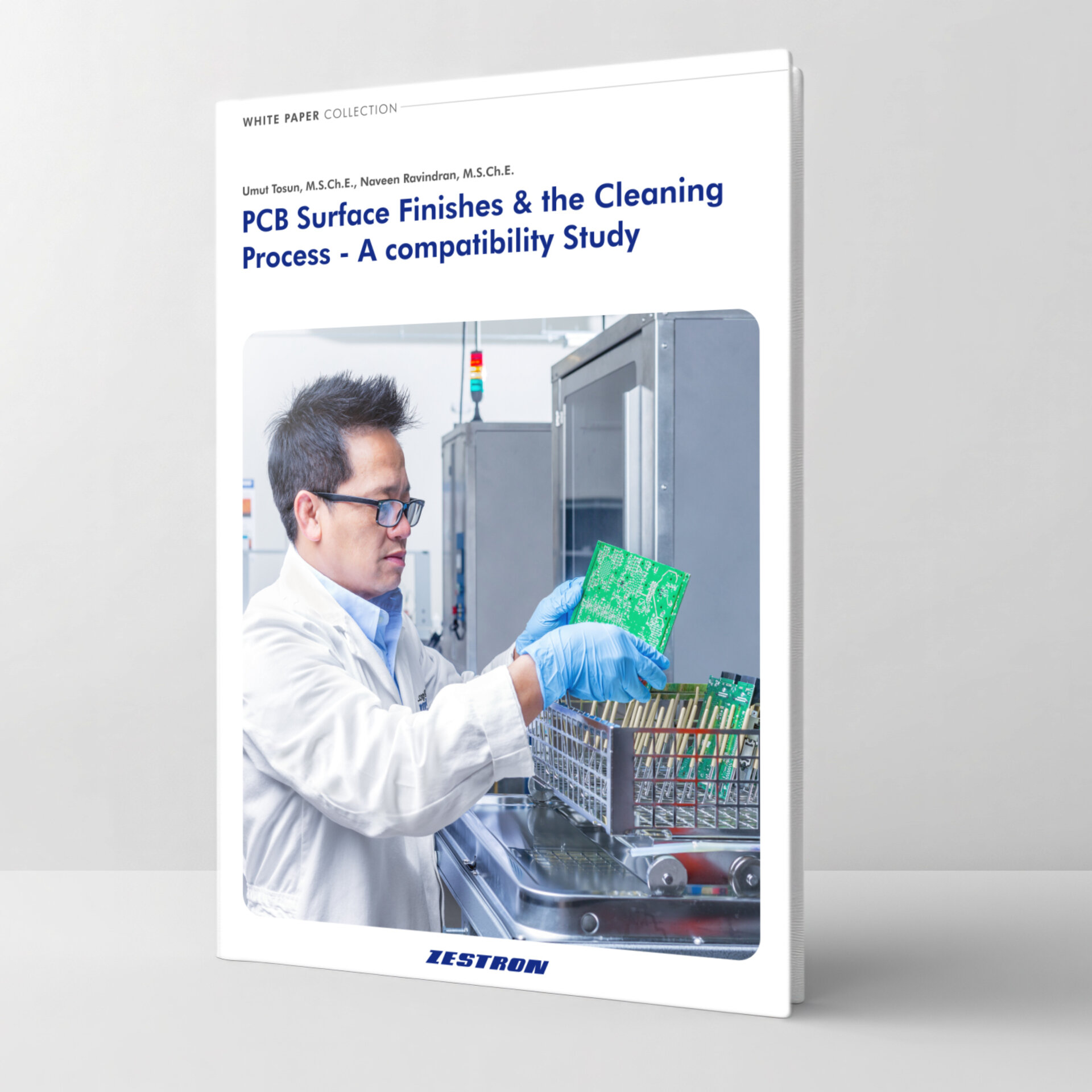Analyzing Ionic Contaminations
The electronic industry particularly assesses ionic contaminations to ensure long-term reliability and performance of electronic devices in the field.
SURFACE CLEANLINESSDetermining Ionic Contaminations for Long-term Reliability
The electronic industry particularly assesses ionic contaminations to ensure long-term reliability and performance of electronic devices in the field. In a humid environment, electrolytes formed from contamination can trigger failures like electrochemical migration and dendrite growth, which directly cause short circuits. This process, in turn, accelerates corrosion, leading to circuit degradation, a reduced surface insulation resistance (SIR), and ultimately, current leakage.
To assess ionic contamination in electronics manufacturing, analytical tests such as:
1) Critical Cleanliness Control (C3)
2) Resistivity of Solvent Extract (ROSE)
3) Ion Chromatography (IC)
are commonly employed.
ANALYTICAL TESTS Comparison of the Analytical Tests
Different types of analytical tests are used based on their focus of measurements and the types of results required.
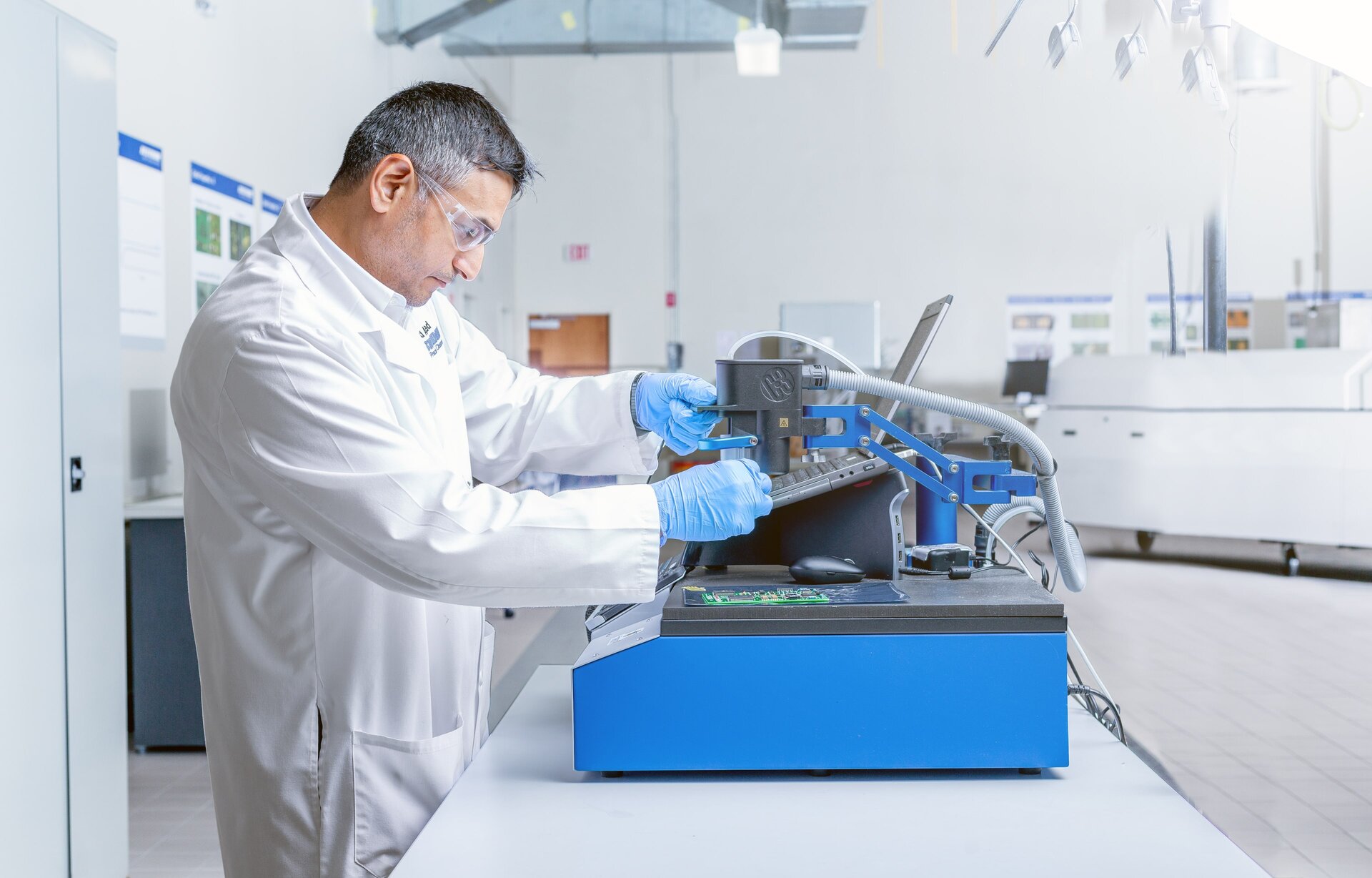
C3 (Critical Cleaning Control)
Measures and assesses the cleanliness of a specific extracted area of a printed circuit board assembly (PCBA) by calculating the Corrosivity Index (C.I.) and provides a simple ‘Clean / Dirty’ result by analysing current leakage from the solution used for extraction.
*Measures concentrated residues on specific areas – Quick Test
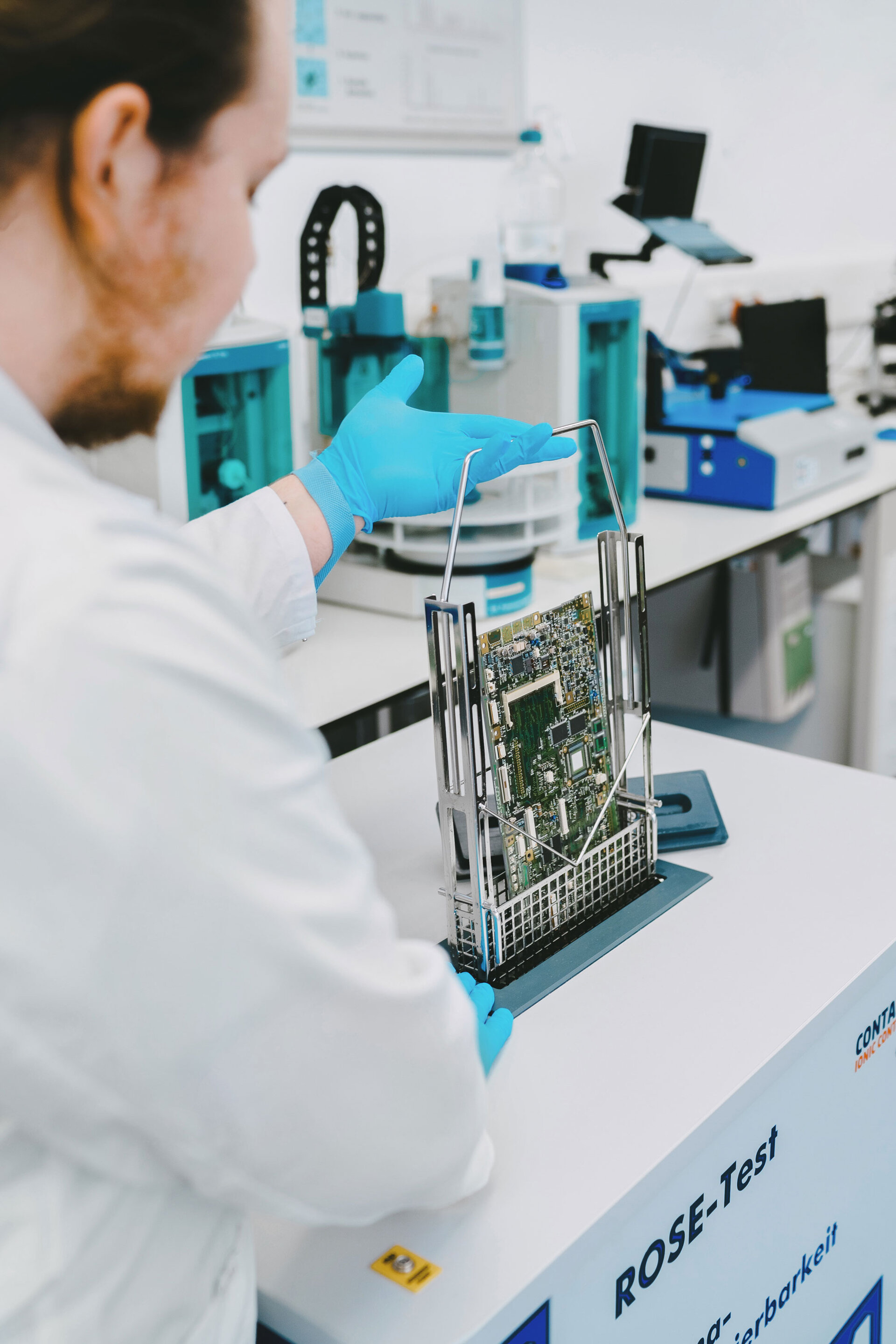
ROSE / Ionic Contamination Test
ROSE – Determining the average ionic contamination of the given printed circuit board/ electronic assemblies with the detection of the ionic/conductive substances.
*Provides a quick overall cleanliness check – Quick Test
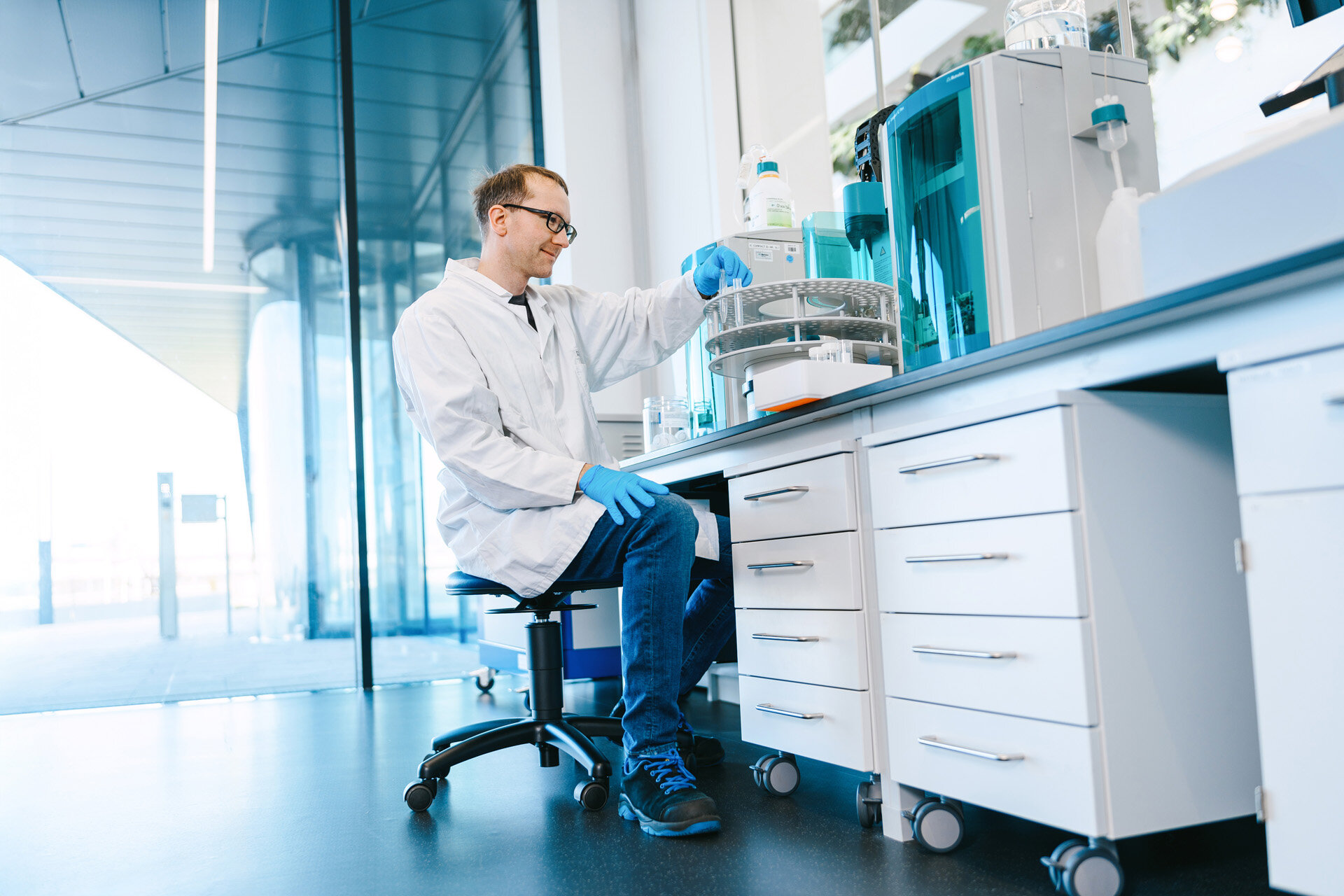
Ion Chromatography (IC)
Offers both qualitative & quantitative determination of anions, cations and weak organic acids (WOA). This method enables the identification of specific hygroscopic ions such as chloride, bromide, or sulphate on the electronic assembly.
*Identifies exact ionic types and amount – Detailed Test
ANALYTICAL TESTS Ion Chromatography Aids Further
Depending on the kind of results preferred, different test types can be performed. However, from the simple comparison, the significant ion chromatography test provides more thorough analysis results compared to the other two quick tests (C3 & ROSE) in verifying the surface quality. It analyses the resolutions of the ions from the separation of different types of ions based on their interactions and the quantities existing in the electronic assembly.
Using the IPC TM-650 2.3.28 test method, various types of anions and cations from the circuit board can be determined in single values for better assessment to prevent unnecessary circuit leakage.
This test is particularly used to study the reliability of the electronic assembly during the soldering process. It permits early cleanliness evaluation and potential correction in the cleaning parameters to be done before proceeding to the subsequent coating process.
At times, the C3 test can also be used as a localised extraction tool to investigate the specific area, which is then sent for ion chromatography analysis for more significant results.

surface cleanlinessInterested to learn more about our Analytical Services?
get more insightsExplore Whitepaper Collections.
Check out our technical studies related to pH-Neutral Cleaning Agents case studies.
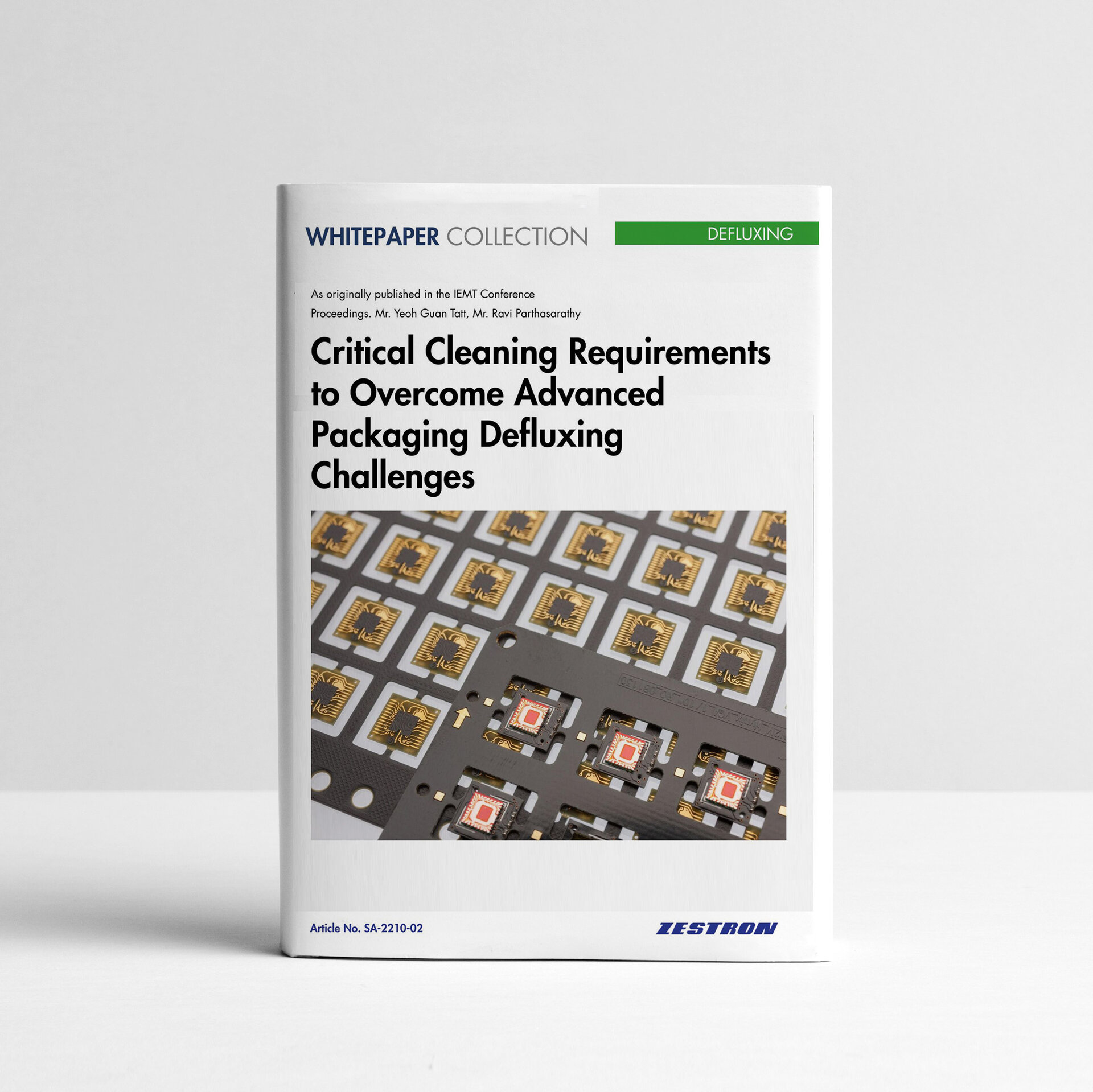
Critical Cleaning Requirements to Overcome Advanced Packaging Defluxing Challenges
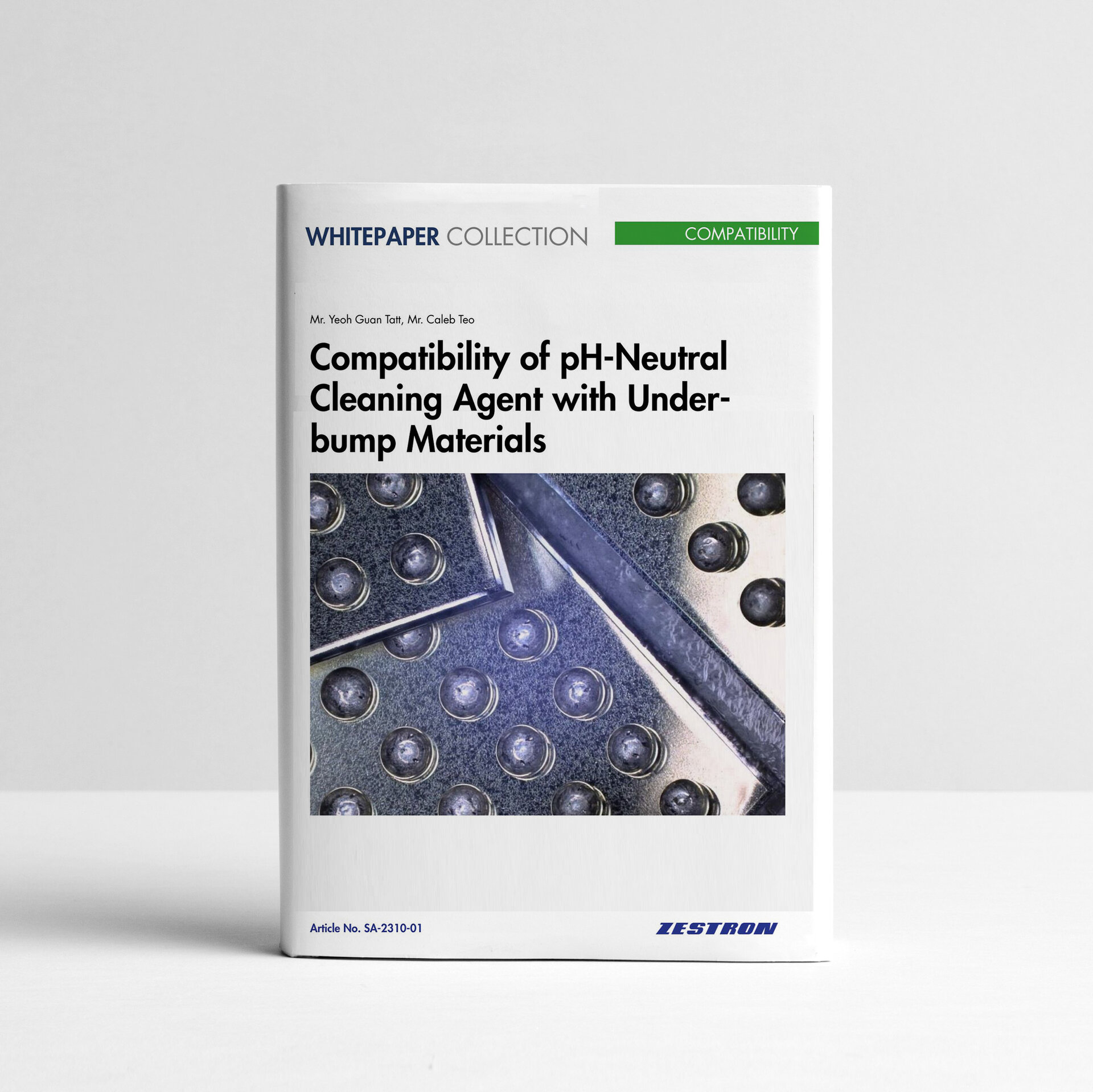
Compatibility of pH-Neutral Cleaning Agent with Under-bump Materials
